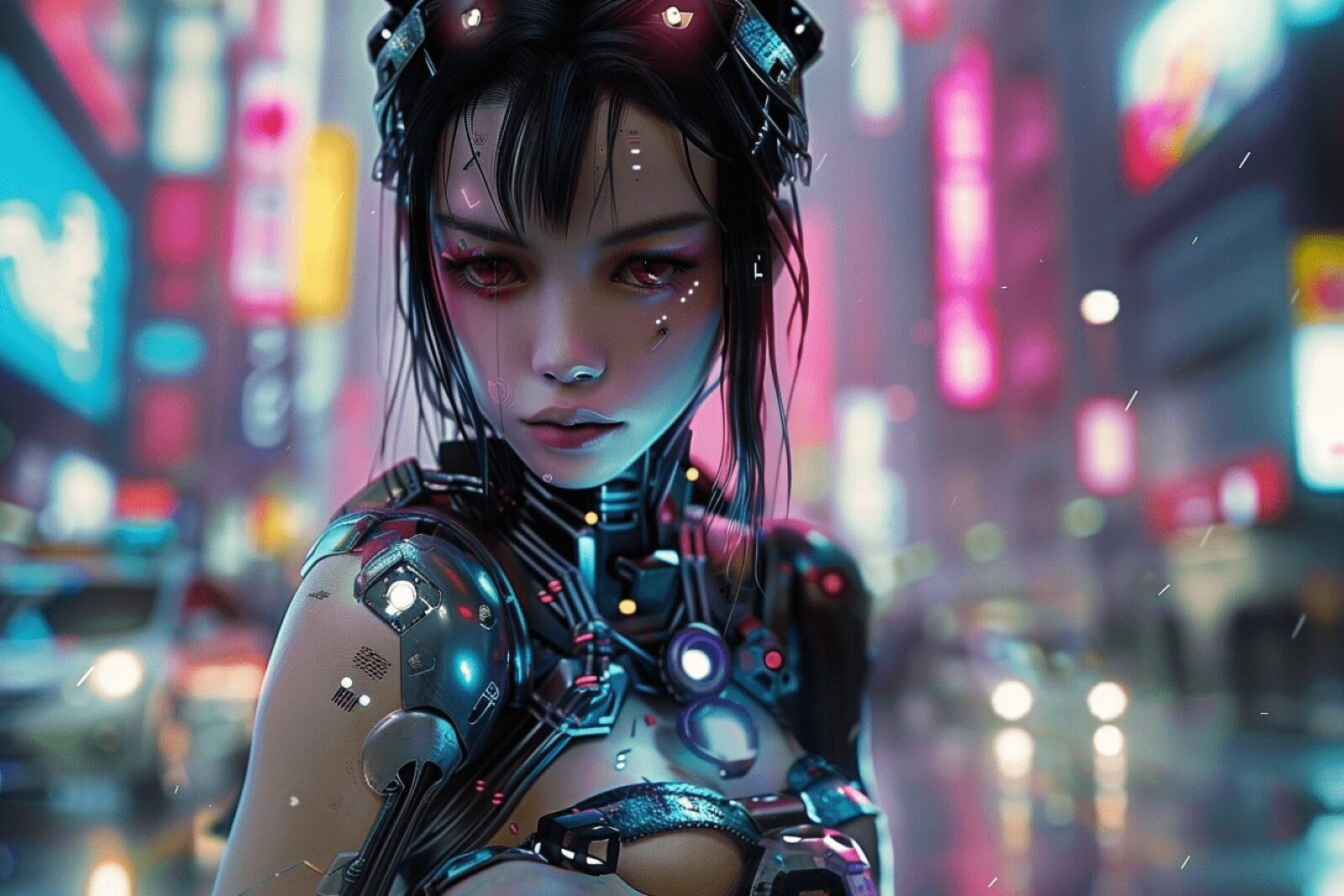
Isabella Chainmore
Crypto Collectibles: Why Everyone’s Talking About NFTs

Crypto collectibles, also known as NFTs, have taken the digital world by storm. These unique digital assets are revolutionizing the concept of ownership and have captured the imagination of artists, investors, and collectors alike. But why exactly is everyone talking about NFTs? Let’s explore the hype behind crypto collectibles and their impact on digital ownership.
What Are Crypto Collectibles?
Crypto collectibles are digital assets that represent ownership or proof of authenticity of a unique item or piece of content, recorded on a blockchain. Unlike cryptocurrencies like Bitcoin or Ethereum, which are fungible and identical, each NFT is distinct and cannot be replicated. This uniqueness is what makes them so valuable and appealing.
NFTs can take many forms, including digital art, music, videos, virtual real estate, in-game items, and even tweets. They are bought, sold, and traded on various blockchain platforms, with Ethereum being the most popular. Marketplaces like OpenSea, Rarible, and Foundation facilitate the trading of these digital treasures.
The Appeal of NFTs
The appeal of NFTs lies in their uniqueness, rarity, and the sense of ownership they provide. For artists, NFTs offer a new way to monetize their work without relying on traditional galleries or intermediaries. They can sell their art directly to collectors, retain ownership rights, and even earn royalties on secondary sales.
Collectors are drawn to NFTs because they offer a way to own and showcase digital art and assets in a verifiable manner. Owning an NFT is like owning a rare artifact or piece of history. The blockchain ensures that the ownership record is transparent, immutable, and easily verifiable.
Creating Digital Scarcity
In the digital world, where content can be easily copied and shared, NFTs create a sense of scarcity. By minting their work as an NFT, creators can limit the number of copies available, thereby increasing its value. This digital scarcity drives demand and adds a layer of exclusivity to the ownership experience.
For example, the popular CryptoPunks collection consists of 10,000 unique characters, each with its own distinct attributes. The limited supply and uniqueness of each CryptoPunk have made them highly sought after, with some selling for millions of dollars.
A New Economic Model for Creators
NFTs are reshaping the economic landscape for creators. In the traditional art market, artists often receive a one-time payment for their work, with no further financial benefit from its resale. NFTs change this by incorporating smart contracts that ensure artists receive a percentage of the sale price every time their work is resold. This ongoing revenue stream incentivizes artists to continue creating and engaging with their audience.
The Rise of Virtual Collectibles
Virtual collectibles are another exciting aspect of NFTs. From digital trading cards and virtual pets to virtual land and in-game items, NFTs are expanding the concept of collectibles into the digital realm. These virtual assets can be collected, traded, and even used within virtual worlds and games.
For instance, Decentraland and The Sandbox are virtual worlds where users can buy, sell, and develop virtual real estate using NFTs. Players can create their own content, build virtual businesses, and monetize their activities within these digital environments.
The Social Aspect of NFTs
NFTs have also fostered vibrant communities and social interactions. Collectors and enthusiasts gather on platforms like Discord and Twitter to discuss their favorite projects, share insights, and build relationships. These communities add a social dimension to the NFT experience, making it more engaging and enjoyable.
Challenges and Criticisms
Despite their popularity, NFTs are not without challenges and criticisms. Environmental concerns have been raised due to the high energy consumption of blockchain networks. Efforts are being made to develop more eco-friendly solutions, such as transitioning to proof-of-stake consensus mechanisms.
Additionally, the speculative nature of the NFT market has led to concerns about bubbles and volatility. While some see NFTs as a new asset class with long-term potential, others caution against the risks of market speculation and hype-driven investments.
The Future of Crypto Collectibles
The future of NFTs is bright, with continued innovation and adoption expected. As technology advances and new use cases emerge, NFTs will become increasingly integrated into various aspects of our digital lives. From virtual reality and gaming to social media and beyond, the potential applications of NFTs are vast and exciting.
In conclusion, the hype behind crypto collectibles and NFTs is driven by their uniqueness, scarcity, and the new economic opportunities they offer. By transforming digital ownership and fostering vibrant communities, NFTs are changing the way we interact with digital content and assets. Whether you’re a creator, collector, or investor, the world of NFTs is full of possibilities waiting to be explored.













